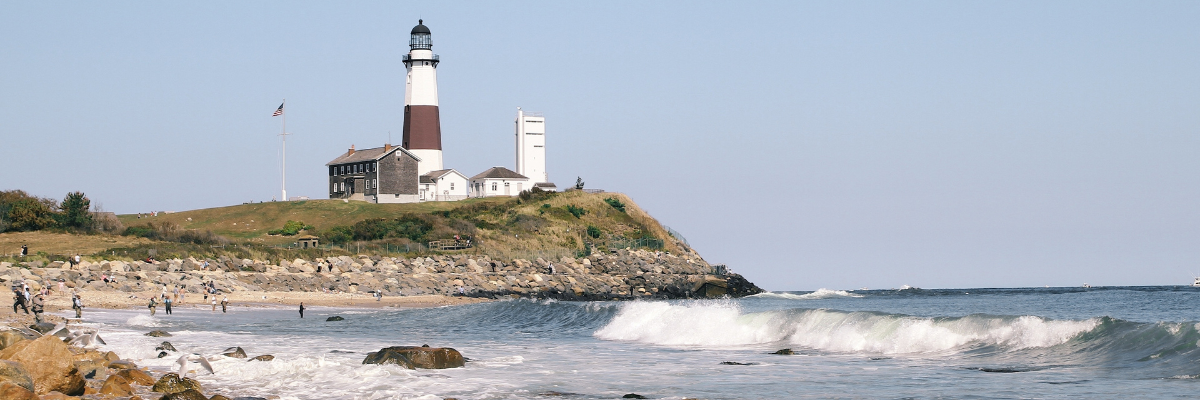In a collaborative effort with researchers, managers and local community members, a team of NOAA scientists at the Northeast Fisheries Science Center Ecosystem Dynamics and Assessment Branch are leading the use of the Integrated Ecosystem Assessment approach in 3 distinct ecosystems: Gulf of Maine, Georges Bank, and Mid-Atlantic Bight to bring social and ecological science to natural resource managers in the Northeast United States.
The Northeast IEA team (NEIEA) team is carrying out key steps in the Integrated Ecosystem Assessment (IEA) approach to enhance the likelihood of successful implementation of EBM in the Northeast US continental shelf marine ecosystem. Some of these steps include:
- Defining the ecosystem and outlining broad ecosystem level objectives based on current legislation
- Assessing ecosystem status through development and monitoring of indicators linked to objectives
- Identifying and prioritizing key sources of risk to meeting objectives
- Quantitative ecosystem modeling to evaluate the tradeoffs between different management strategies for mitigating risk and achieving objectives
IEA is an iterative process designed to improve scientific understanding and provide information for managers by evaluating potential tradeoffs between current objectives. Furthermore, the IEA framework can be scaled to yield applications and products that meet the complexity or geography of specific EBM objectives (Harvey et al. 2017).
Defining the ecosystem linkages to management objectives
The Northeast IEA team has developed conceptual models linked to management objectives to support the management of marine natural resources. These objectives are derived from current legislation including the Magnuson-Stevens Fishery Conservation and Management Act, Marine Mammal Protection Act, and the Endangered Species Act.
To better understand the Northeast marine ecosystems go here.
Assessing ecosystem status through development and monitoring of indicators
The Northeast Integrated Ecosystem Assessment (NEIEA) program reports on several management objectives to the two regional Fishery Management Councils in an annual State of the Ecosystem report. Each objective is assessed via indicators that track relevant ecological, environmental, economic, and social components of the system. These indicators are reported regionally within the NE Large Marine Ecosystem (LME) which is split into ecological production units (EPUs) that describe biogeophysical spatial clusters: the Mid-Atlantic Bight (MAB), Georges Bank (GB), and Gulf of Maine (GOM).
To see the indicators used in these reports go here.
Identifying and prioritizing key sources of risk
The NEIEA team used the indicators in the 2017 Mid-Atlantic State of the Ecosystem report to form the basis for a risk assessment designed to support Ecosystem Approach for Fisheries Management (EAFM) for the Mid-Atlantic Fishery Management Council in 2017. Risk assessment is the initial step in the Council’s defined process for integrating ecosystem interactions into fishery management (Gaichas et al., 2016). Through a series of workshops with Council committees and stakeholders, the risk assessment was defined to encompass risks of concern to the Council (Risk Elements), why they were of concern (Risk Definitions), and what indicators were available to evaluate risk.
To learn more about this risk assessment in the Mid-Atlantic go here.
Evaluating the potential of different management strategies to mitigate risk and achieve objectives
In the Northeast US, Management Strategy Evaluation (MSE) has been applied to test ecosystem indicators and to test single species harvest control rules for impacts on predators, as well as more standard single species harvest control rule evaluation. Fishery managers within the region are developing processes for ecosystem-level MSE, including how to prioritize MSE analyses and how best to involve stakeholders in the process.
To learn more about this management strategy evaluation go here.
